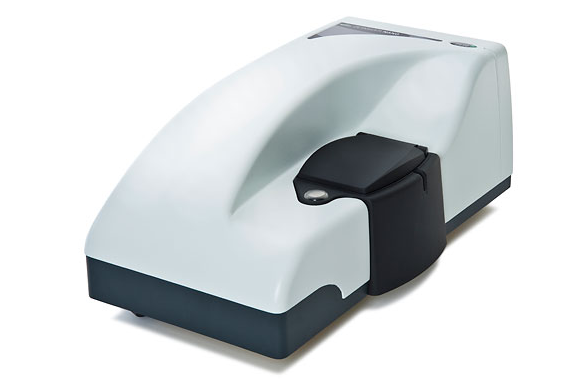ANALYTICS CLUSTER
- Chromotography and Spectroscopy
- Imaging & Cell Analysis
- Automated Sample Preparation
Analytics Cluster (high-end) Equipment Catalog

For further information, complete list of available facilities,
Central Equipment Booking System (CEBS): Please click here
Enquiries on access of facility and charges, please email Dr Mabel Lv ([email protected])

Gas Chromatography-Mass Spectrometer (GC-MS)
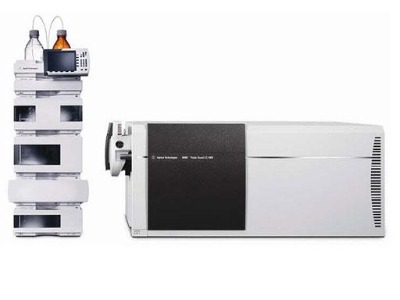
Ultra High Performance Liquid Chromatography –QQQ Mass Spectrometer (UPLC-QQQ)

Ultra High Performance Liquid Chromatography –QTOF Mass Spectrometer (UPLC-QTOF)

Gel Permeation Chromatography (GPC)

Liquid Chromatography –Organic Carbon Detection – Organic Nitrogen Detection (LC-OCD-OND)

Fluorescence Spectrometer
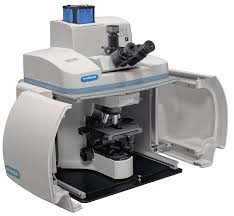
Raman Spectrometer
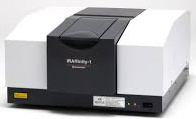
FTIR Spectrometer

UV-Vis Spectrometer
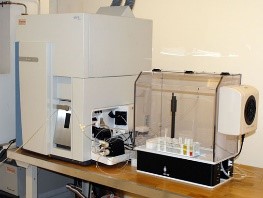
Inductive Coupled Plasma – Mass Spectrometer (ICP-MS)

CHNS Elemental Analyzer (CHNS)
CHNS is an organic elemental analyzer for simultaneous determination of carbon, hydrogen, nitrogen and sulfur. The sample is fed into the analyzer, which undergoes combustion and reduction to form CO2, H2O, N2 and SO2 gases. The gases (CO2, H20 and SO2) are trapped on dedicated adsorption columns and desorb one at a time, while N2 travels directly to the thermal conductivity detector. Suitable samples for analysis include soil, sediment, sludge, solid waste, polymers and biomass.

Total Organic Carbon / Total Nitrogen Analyser (TOC/TN)

Ion Chromatography (IC)
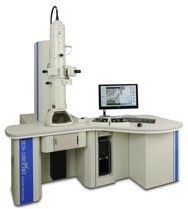
Transmission Electron Microscope (TEM)

Field Emission Scanning Electron Microscope (FESEM)

Laser Confocal Microscope
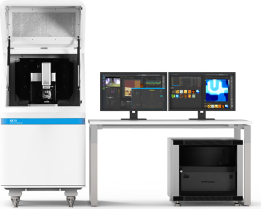
Atomic Force Microscope (AFM)

Capillary Flow Porometer
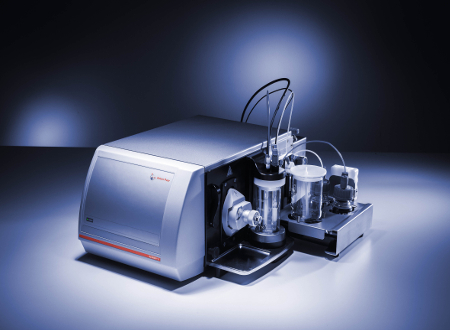
SurPASS
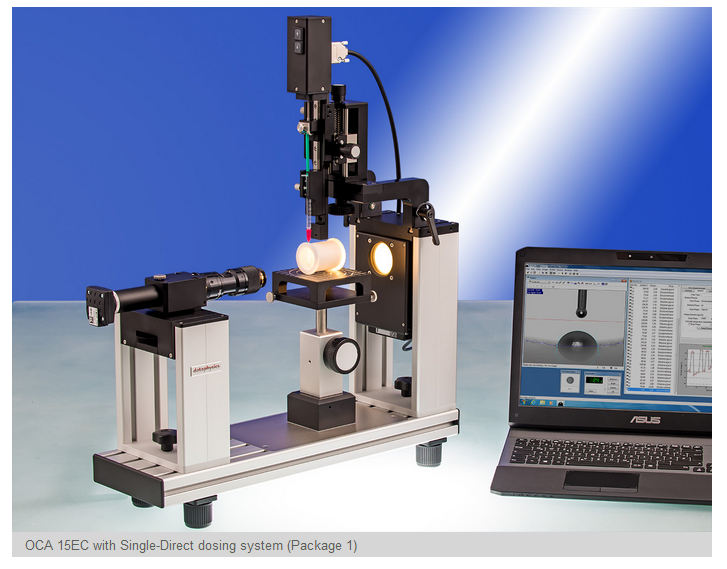
Goniometer
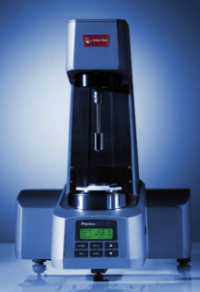
Rheometer
